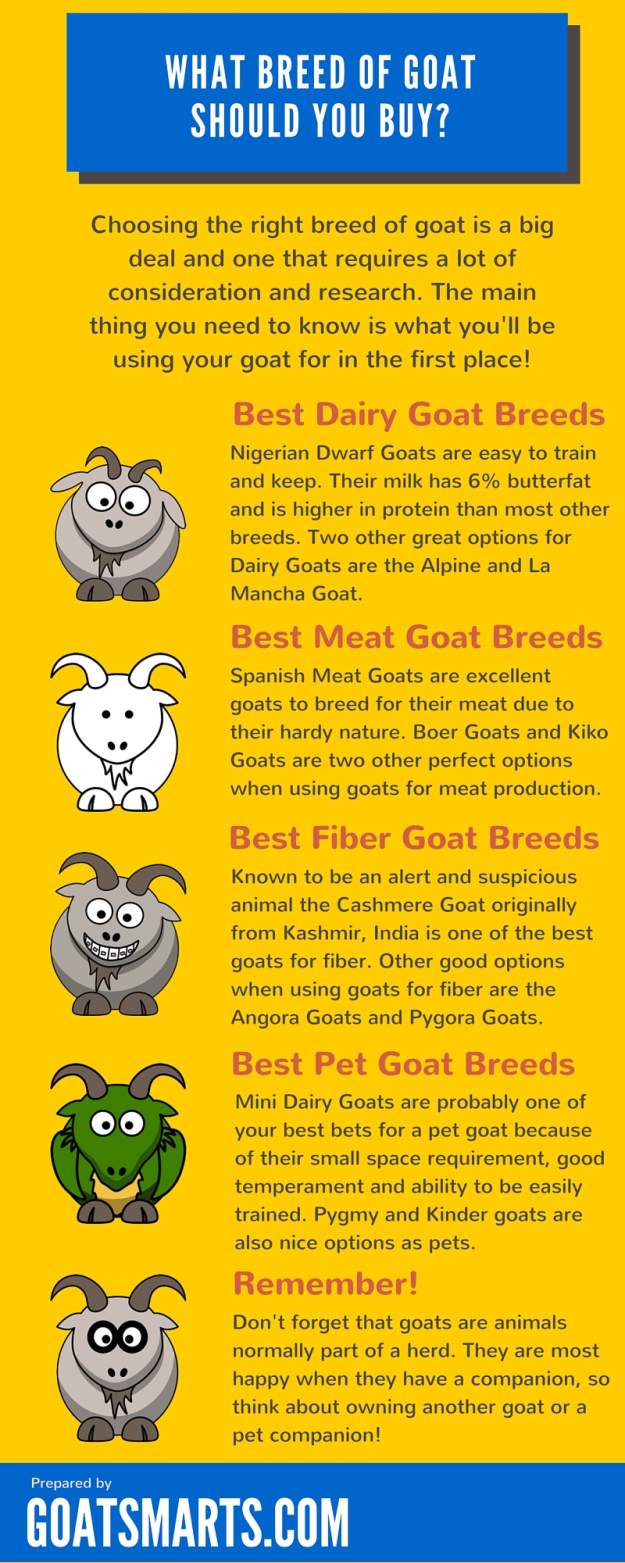You don’t have to have your own cow to make butter at home, although of course it helps. There’s nothing like fresh, homemade butter from your own dairy cow to make you feel like the ultimate self-reliant homesteader. But even urban homesteaders can easily whip (literally) up their own batch of delicious homemade butter with raw milk from a farmer or even cream from the store.
The ingredients and process are simple: cream + agitation + time = butter. The process of making butter basically involves agitating the cream long enough to separate the fat from what will become buttermilk (so you’re really getting two dairy products out of this) into delicious creamy butter. You mostly just need patience and maybe a little practice, but with today’s modern kitchen gadgets, it’s pretty simple compared to spending hours in the barn with an old-fashioned butter churner!

What you need
- Cream, either from the top of fresh, raw cow’s milk or purchased at the store. If it is store-bought, make sure it is organic, preferably grass-fed and never ultra-pasteurized
- 1 tbs buttermilk, either from the store or left over from a previous batch of butter
- A stand mixer, food processor or blender
What you do
- If using fresh milk separate the cream from the milk. It will usually be right on the top if the milk has been resting and you can spoon it off. You’d ideally like to have a cup or so, but use what you can get!
- Combine the buttermilk with and cream in a container you can seal and leave on the counter for eight hours. This will culture the cream, which allows the bacteria to convert the sugars in the milk into lactic acid.
- After 8 hours, you’re ready to churn! Put the mixture in your blender, stand mixer or food processor, and mix on low.
- This will take some time, but the cream will slowly start to get lumpier until eventually, it’s completely separated from the buttermilk until it looks distinctly like clumps of butter floating in milk. You should be able to take the butter out and loosely pack into a form (which might not happen until after the next step). Strain the buttermilk off the butter and continue to try to gather it into a ball.
- Finally, rinse the butter in water, kneading and forming as you go. After a few minutes, you should have a nice, smooth ball of butter. You can now salt as desired or even add herbs or garlic!
- Keep the butter and buttermilk in the fridge for up to a week, or if you plan to keep either for longer, in the freezer.







